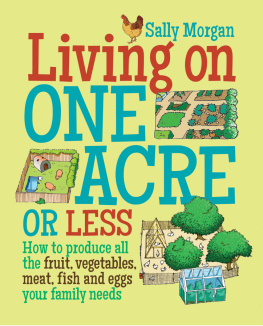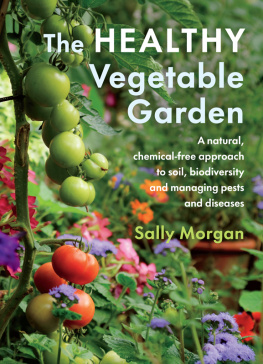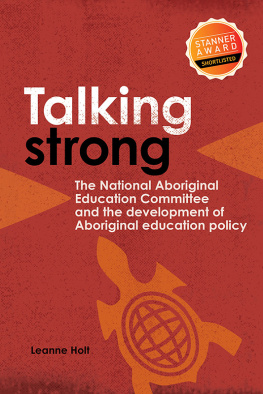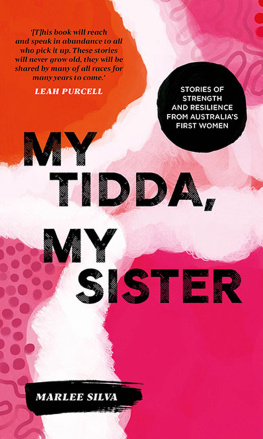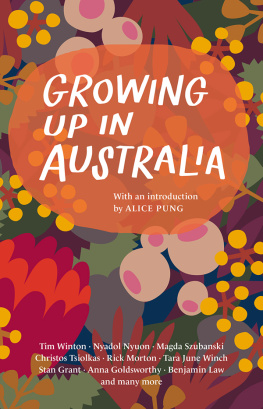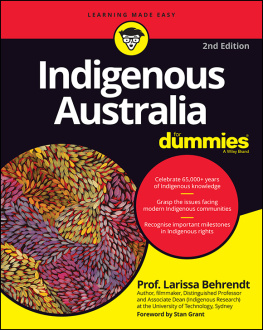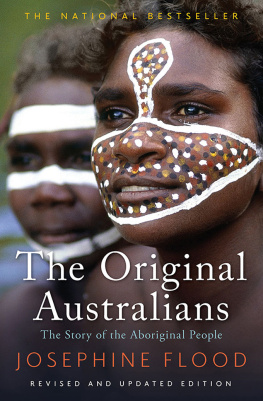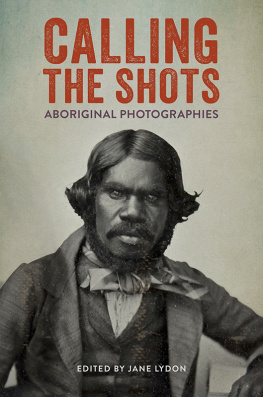
Aboriginal and Torres Strait Islander people are respectfully advised that deceased people are referenced in this publication.

Publishers note: Variations in spelling are consistent with the original publications.
Every reasonable effort has been made to obtain permissions for all copyright work. Please forward enquiries to Fremantle Press.
First published 2014 by FREMANTLE PRESS
25 Quarry Street, Fremantle, Western Australia 6160
www.fremantlepress.com.au
Copyright foreword Sally Morgan, 2014.
Copyright individual stories individual contributors, 2014.
The moral rights of the authors have been asserted.
This book is copyright. Apart from any fair dealing for the purpose of private study, research, criticism or review, as permitted under the Copyright Act, no part may be reproduced by any process without written permission. Enquiries should be made to Fremantle Press.
Cover illustration by Sally Morgan.
Cover design by Ally Crimp.
Printed by Everbest Printing Company, China.
National Library of Australia
Cataloguing-in-publication data is available on request
ISBN: 978-1-922089-77-9

Fremantle Press is supported by the State Government through the Department of Culture and the Arts.
CONTENTS
FOREWORD
The Native Welfare controlled every aspect of your life in those days. It was very hard for Aboriginal people then and I learned very young that Id have to be determined if I wanted to get anywhere.
Elder Joan Winch
This moving collection of youthful memories touches on a broad sweep of history and includes people from many different Aboriginal countries. The stories have been shared in the hope they will make a difference to peoples understanding of the past, and in the belief that a just future can be created for all.
These are powerful stories of survival that share pain, humour, grief, endurance, life experience and hope. Taken as a whole, they detail the devastating impact of many decades of repressive legislation on the lives of individuals and families. Legislation which, while aimed at protecting Aboriginal people, obliterated any access to basic human rights.
By 1911, each state and territory in Australia, except Tasmania, had passed legislation giving government officials absolute control over the lives of Aboriginal communities. The powers granted under the various Acts made it possible for officials to legally control peoples movements. To this end, areas of land were set aside as reserves, government settlements and missions. Aboriginal people were forced to live in such places. Segregation was further supported by the criminalisation of acts of resistance. In Western Australia, it was a criminal offence to resist internment on a reserve or settlement. Leaving a place of internment without first obtaining permission left an individual open to prosecution and arrest. Nationally, the far-reaching powers of the various Acts ensured segregation was a reality of life for Aboriginal people in Australia. Elder Hazel Brown recounts the experience of her mother:
My mother was brought down from Carnarvon on a cattle boat. They kept them down in the bottom of the vessel and didnt let em come up top. It was a rough trip and they all got sick. From Fremantle they took em to Balladonia Mission, and then a few weeks later took em all the way to Carrolup. The white people musta thought they were gunna try to run away back to where they come from.
In Western Australia, it was the Aborigines Act 1905 that sanctioned the removal of Aboriginal children from their families, providing for their institutionalisation often thousands of kilometres away in missions, settlements and reserves. This process shattered families and communities, disconnecting people from their country and culture and leaving a legacy of confusion and despair that is still being dealt with today. Stephen Kinnane, whose grandmother was removed under such legislation from Miriwoong country in the Kimberley, writes:
They did not see the hole they were tearing. They did not see they were taking someones daughter, someones grand-daughter, someones sister, and someones future mother. They studied my grandmother, but they did not see her and they did not see the chain of events they were setting in place.
The rationale for removing children from their families was often based on the need for education or the provision of better living conditions. With few exceptions, the education was minimal. Girls were trained to be domestic servants, boys to be farm labourers or station hands. In addition, while the living conditions in places of internment varied, they were often worse than the situation from which the children had been removed, supposedly for their own good. Elder Alice Nannup was removed from her family at twelve years of age and sent to Moore River Settlement. Alices mother had been a wonderful cook, and Alice records her disgust at what she saw when asked to help out in the settlement kitchen.
For the soup theyd cook up these awful sheep heads. First theyd skin them, but never take the eyes out, then theyd split them down the middle, give them a quick rinse and throw them in the copper. Sometimes those sheep heads had bott-fly in their noses but they wouldnt worry about that. Theyd just throw it in and wed see that in our soup.
The stories in this anthology reflect the changing times and policies over the decades. Historically there had been a view that Aboriginal people were a dying race and it was only a matter of time before Australias Indigenous population would be extinct. When it became clear this was not the case, that rather than decreasing, the Aboriginal population was increasing, government administrators became fearful of what they termed a social menace. In 1937 the Conference of Commonwealth and State Aboriginal Authorities decided that The destiny of the natives of aboriginal origin, but not of the full blood, lies in their ultimate absorption by the people of the Commonwealth Consequently, in the late 1930s government policy moved in the direction of assimilation. The ultimate aim of assimilation was the extinguishment of all cultural ties between Aboriginal people and country, the end of the kinship system, the death of law, language and identity. In other words, cultural genocide. In practical terms, this meant the lives of Aboriginal people were even more tightly governed. The Bringing Them Home (1997) report notes:
assimilation was a highly intensive process necessitating constant surveillance of peoples lives, judged according to non-Indigenous standards.
David Simmons, a Nyoongah person from the south-west of Western Australia, comments on his own consciousness of such surveillance.
In 1951 the Native Welfare Officers were still active. My younger school days were occasionally spent hiding from the Native Welfare. My mother insisted that I go to school, but there was always that dread that I would never come home from school because of Native Welfare.
Tjalaminu Mia, also a Nyoongah person from the south-west of Western Australia, recalls the suffering she experienced under the assimilation process, while living at Sister Kates Childrens Home.
Its aim was to turn lighter skinned Aboriginal kids into white citizens and I suppose it was part of what used to be called the White Australia Policy, because the politicians of the day wanted this land
Next page

